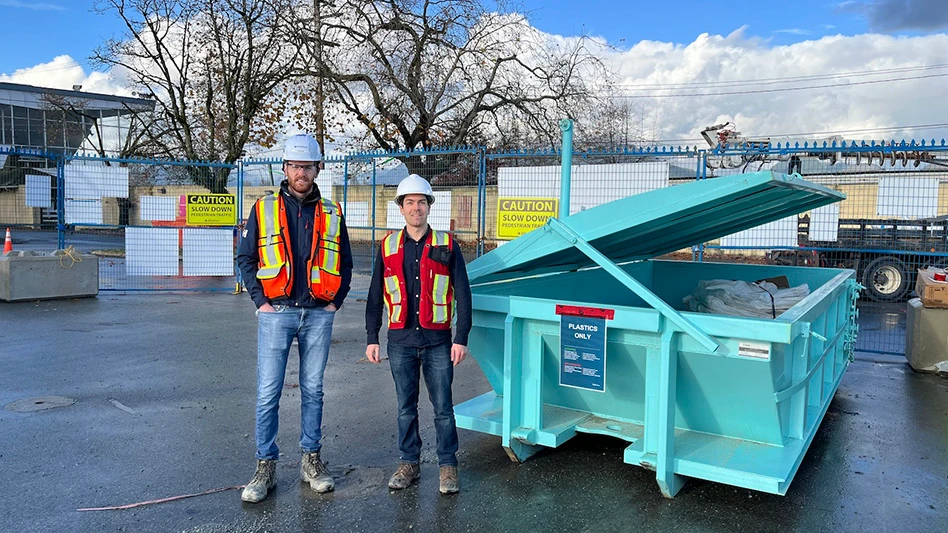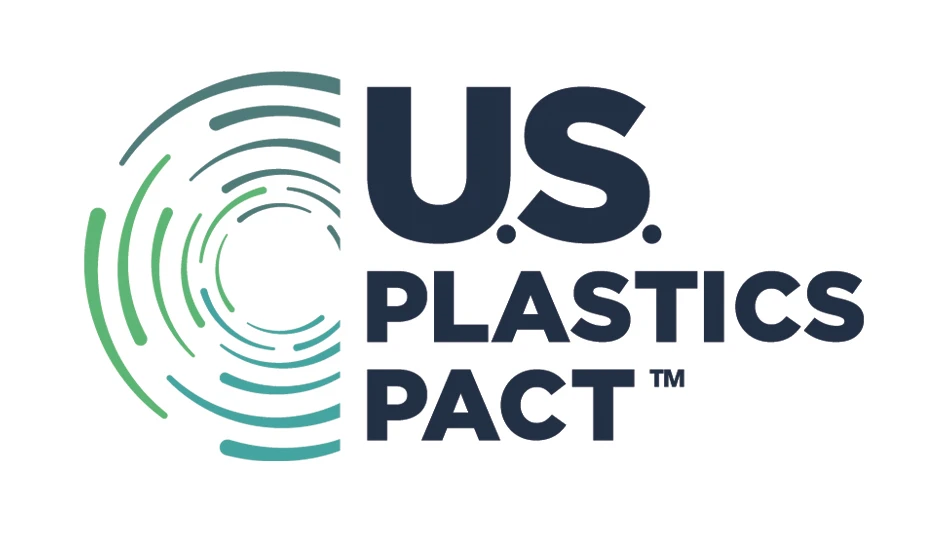
Recycling Today archives
Recovered paper industry sources nationwide are reporting less and less available supply, particularly among high grades, as generation of those grades has not yet recovered from the mass exodus at offices and commercial buildings since the onset of the coronavirus pandemic in 2020.
According to pricing figures from Fastmarkets RISI’s July 7 Pulp & Paper Week “Price Watch,” premiums for all deinking grades increased by $10 per ton across the board, with sorted office paper (SOP) as high as $240 to $250 per ton in most regions in the U.S.
“Right now, you’re in an environment when commodities in general, any commodity in the world, is pretty much higher [because of the] supply chain [and] all the different reasons for what’s going on in the world,” says Brent Kirstein, president of 4G Recycling in Deerfield Beach, Florida.
“There’s definitely a huge spike in demand, and the mills are just not getting enough supply,” Kirstein adds. “SOP mills are having to buy anything they can get their hands on—they’re having to pull from further away, and that’s just on the U.S. side. On the international side, it’s even crazier.”
SOP export premiums also increased, with the Los Angeles and the San Francisco/Oakland regions seeing $20 per ton hikes, according to RISI. Kari Talvola of Fibre Trade Inc., Burlingame, California, says, “Demand is definitely there. I don’t see that slowing at the moment; however, given the state of the economy, that remains to be seen. But as of today, I can pretty much sell everything that I have—export or domestic.”
Kirstein says he’s seen instances of large tissue mills pulling supply from thousands of miles way—even with the increased fuel and freight costs—when, traditionally, those mills would only pull their supply from a few hundred miles away.
He also notes traditional mill buying practices are not helping the situation, adding, “Where I think from a mill standpoint they do things wrong is they try to only buy what they need instead of maintaining a healthy inventory. And because of their buying practices and how they want to manage their inventory, they have these spikes.”
Several sources report seeing paper orders made up to four to six months in advance rather than what typically has been two or four weeks’ notice, and with less paper available and generation down, Kirstein says, “Mills are getting desperate and it’s raising the market.” (Read more on the state of the high grades market from Kirstein and Talvola in the Paper Commodity Focus starting on Page 42).
The shifting supply and demand dynamics haven’t deterred new capacity and merger and acquisition activity. In a move announced July 6, Paper Excellence, through its wholly owned subsidiary Domtar, acquired Resolute Forest in a deal worth $2.7 billion that will add to the Paper Excellence Group’s annual paper and pulp production of 2.8 million metric tons.
The acquisition adds 1.1 million metric tons of pulp capacity, 116,000 metric tons of tissue capacity, seven paper mills totaling 1.5 million metric tons of capacity and 22 wood products facilities to the Paper Excellence portfolio.
“What I see is that demand is still there. However, it’s going to be a generation issue,” Talvola says. “The only … question remains is what’s going to happen. Unfortunately, I don’t have the crystal ball.”Latest from Recycling Today
- STG selects SolarPanelRecycling.com as exclusive recycling partner
- Toyota receives $4.5M to support a circular domestic supply chain for EV batteries
- Greyparrot reports 2024 recycling trends
- Republic Services opens Colorado hauling facility
- ABTC awarded $144M DOE grant
- Massachusetts awards $4 million in waste and recycling grants
- Study: Solid phase manufacturing transforms recovered aluminum into high-performance alloys without melting
- Tata Steel to supply equipment maker JCB





